To register for the 57Hours backcountry hut webinar, click here!
PHOTOS • Tom Wolfe
When mountain guiding is your career, spending time in the wild comes easily. Just ask Tom Wolfe, founder of Sawback Alpine Adventures based out of Canmore, Alberta. Spending most of his winters on skis showing clients powder-laden backcountry terrain and leading trips to huts across British Columbia, the longtime guide found his calling early in life. “Even as a teenager, I started to… take friends on hikes, putting together itineraries,” he says. “At the time, it didn’t occur to me that I could make a living doing this kind of thing.”
Quickly after college, Wolfe charted his path inspired by the mountain guides he met on a trip to Austria. He started Sawback Alpine Adventures back in 1995, initially running mountain hiking trips and, later, as an IFMGA-certified mountain guide, lead ice climbing and ski adventures throughout the Canadian Rockies, on sail-to-ski journeys in Norway and beyond. Now, over two decades later, he’s still frothing for more, everyday learning from the mountains and his clients.
With the number of backcountry skiers growing (seemingly) by the minute, now, more than ever, could be time to hire a guide to make the most of your next jaunt out of bounds. Next week, FREESKIER is teaming up with 57Hours, a guiding service designed to connect adventure-minded skiers to guides around the world, to host a webinar about hut trips in British Columbia—and Wolfe will be leading the conversation. The webinar will go live on Thursday, January 21, at 11AM MST.
By registering for the event, you’ll be able to hear first-hand about hut-style trips in the Canadian wilderness, what to expect from the experience and why you (definitely) need to put a trip like it on your bucket list. Before the conversation, we wanted to get to know Wolfe better and pick his brain about all things backcountry-focused. Keep reading to hear Wolfe’s story and be sure to join us on January 21st for the backcountry webinar.
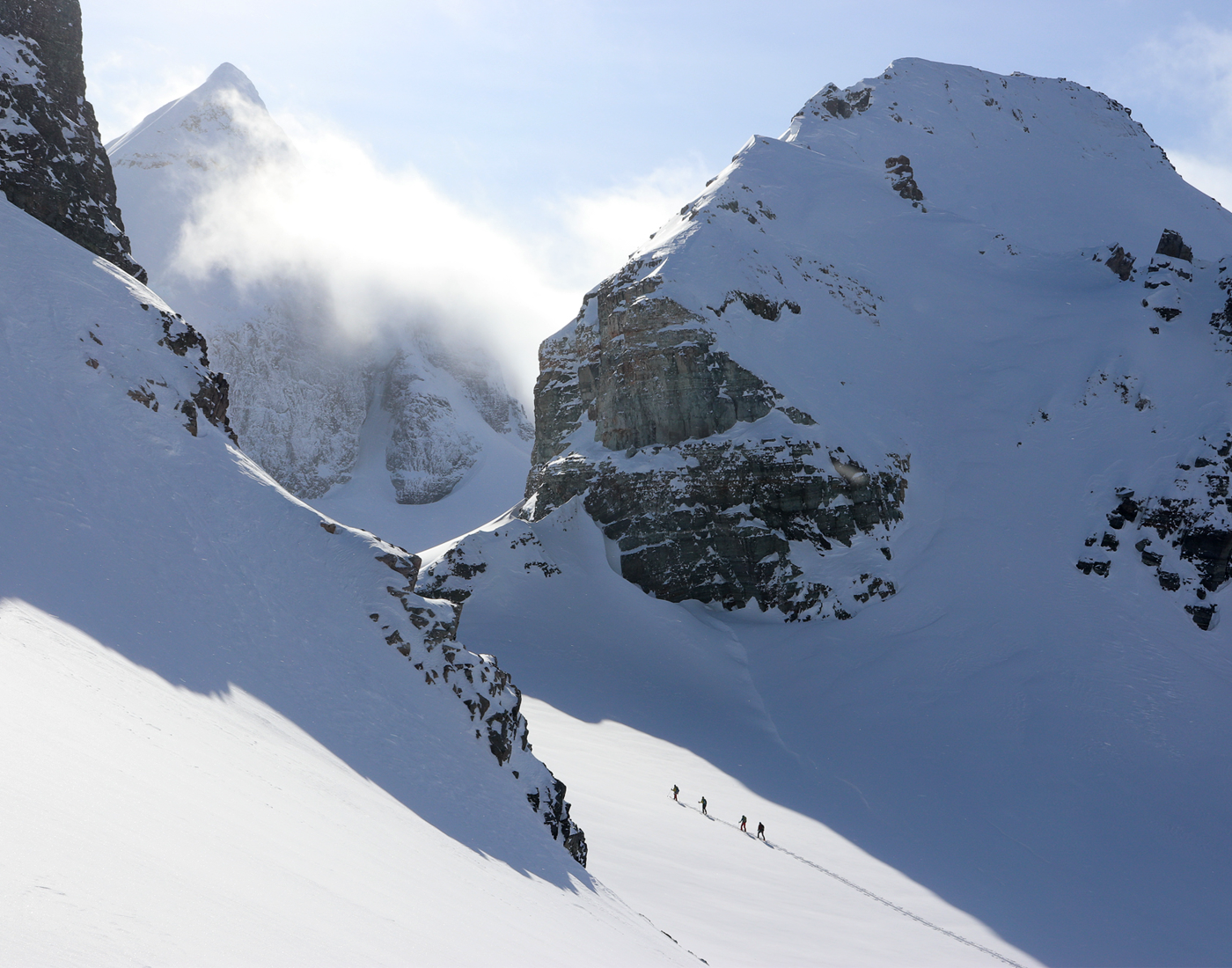
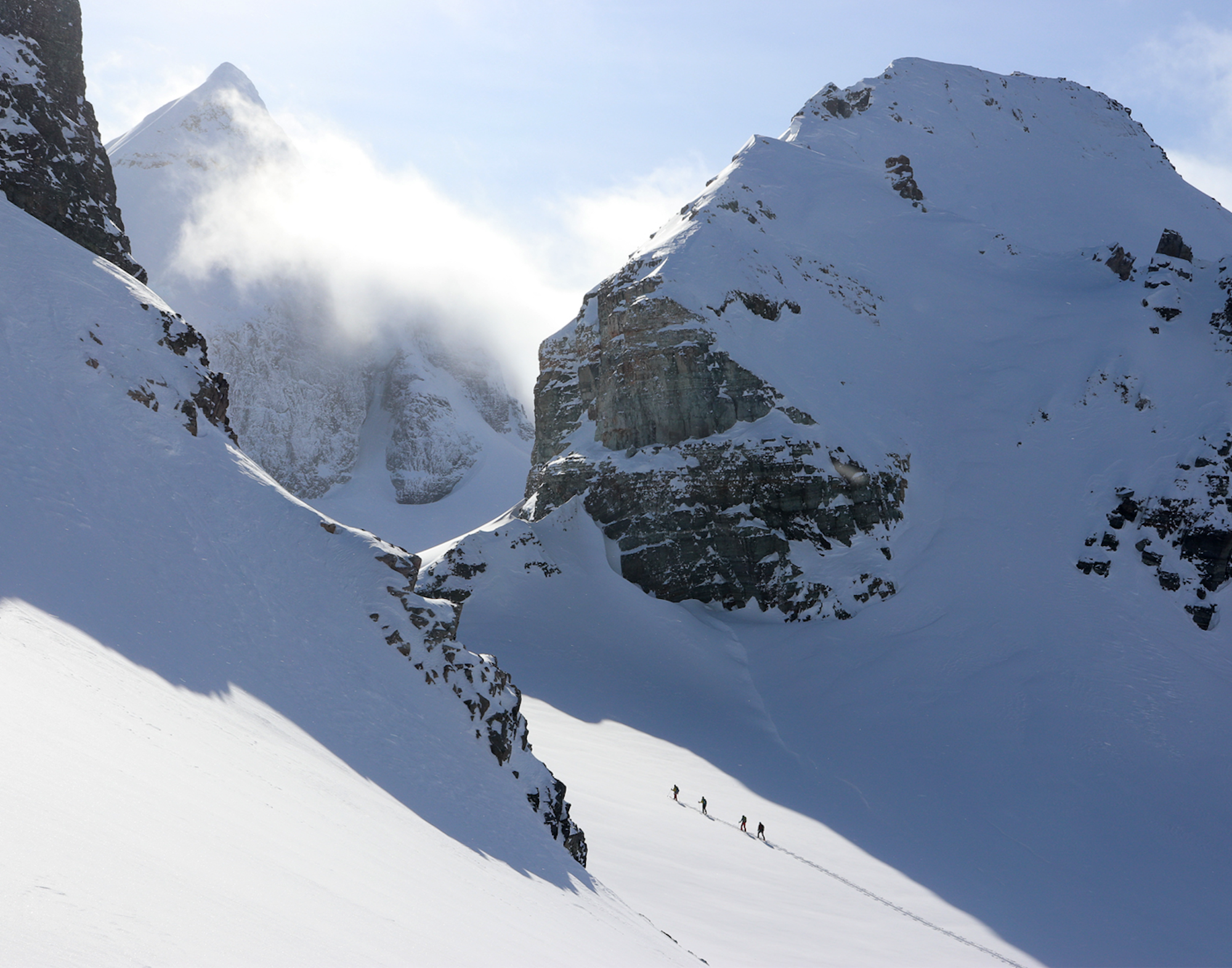
How did you get started mountain guiding?
My career as a mountain guide started back in the mid-90s. I was young, in my mid-twenties and thought, rather than spend my life in the cubicle, I’d like to be in the mountains. I just started offering these backcountry hiking trips [to my friends]; one thing led to the next and I realized that the path to success meant certification, so I started plugging away at my courses and exams to become a IFMGA-certified mountain guide.
It’s funny, I started my career as a climber… and when I moved West I started to do a lot of ice climbing. My career mountain guide really started as more of an ice climber, but I quickly developed a passion for skiing, mainly from approaches to ice climbs. I kind of got into it backwards.
What was the catalyst that you wanted to pursue guiding full-time?
For me, it’s been more by process of elimination. I’ve deliberately avoided the things I don’t want to do and this is what was left over. If it wasn’t for guiding, I’m not sure what I would do—it would be hard to think of something.
Even as a kid, did you feel drawn to the mountains?
Totally. I grew up in a city in Southern Ontario (in the Toronto area) and I remember when I was 9- or 10-years-old, we had a family friend who liked to take the boys out for backpacking trips. So I went out on a number of these trips but just the feeling of walking for a day… camping for a night, making our food… immediately, I knew that was what I wanted to do.
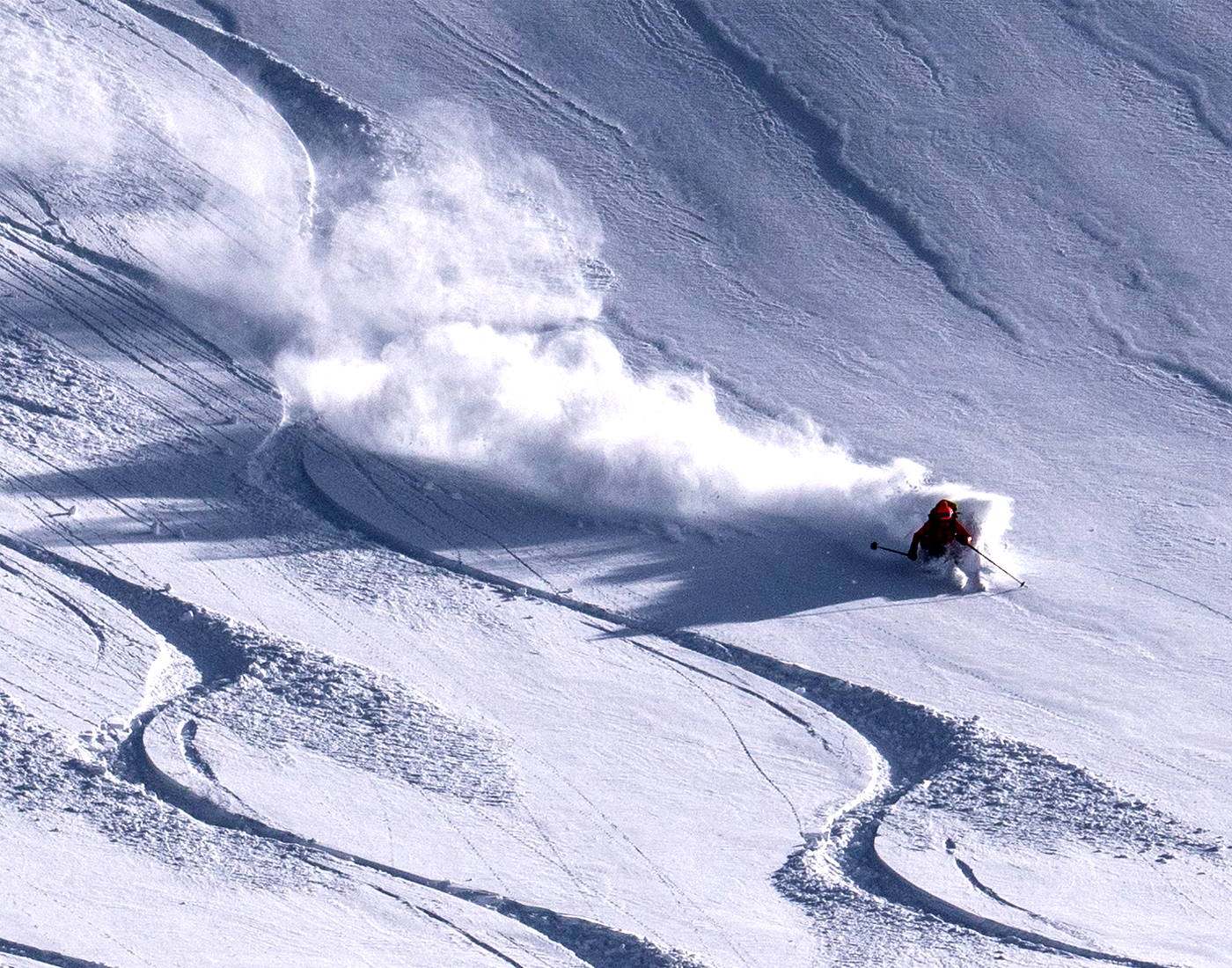
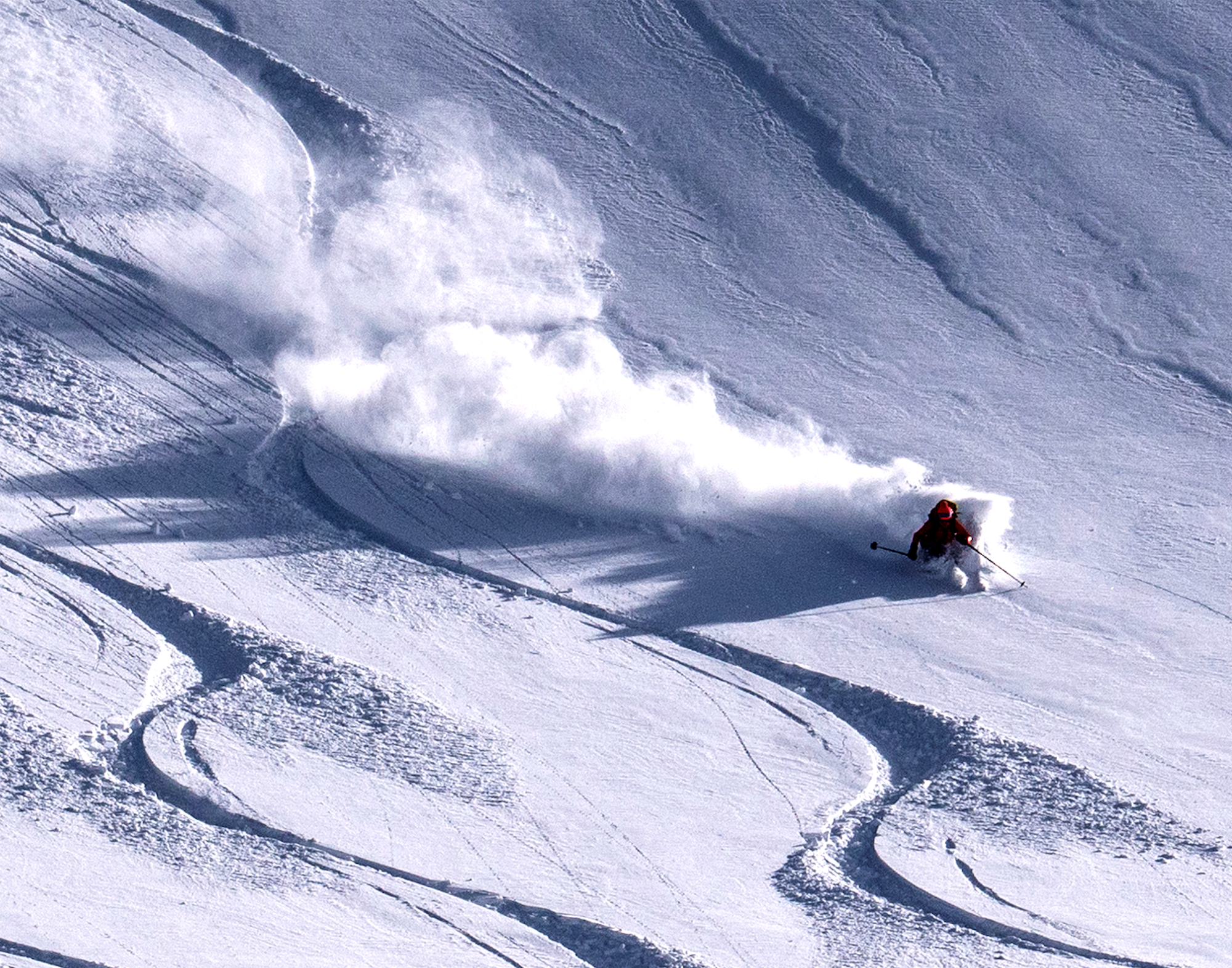
Of all the places you’ve skied and traveled, you still call the Canadian Rockies home. Why? What keeps you coming back?
I do a lot of my early season stuff in the Canadian Rockies, which is mainly Alberta. When you start to get into British Columbia, we’re talking about the Selkirk Range—Revelstoke, for example is the Selkirks. All of my hut trips are based in BC… and that’s simply because it’s got the best snow and best terrain for skiing.
Tell us about the hut system in British Columbia. How does it work?
There are four categories of huts in BC. The humblest category are the “ad-hoc” huts that people have built on the sly. A lot of them are well-known, some are lesser-known. Those tend to not have any reservation or formal organization and can be used by anyone; some have small fees or voluntary fees. The next category includes the Alpine Club huts, which are maintained by the Alpine Club of Canada. They run a network of a couple-dozen beautiful huts. Many are situated in really good ski terrain, some are situated in quite serious terrain, so guides do a fair bit of business utilizing these huts. The third category includes commercial lodges that still take bookings from unguided groups; and fourth category is commercial lodges that only take bookings from guided groups or only offer their own guided trips. More and more, lodges are trending to guided groups, which helps mitigate risk.
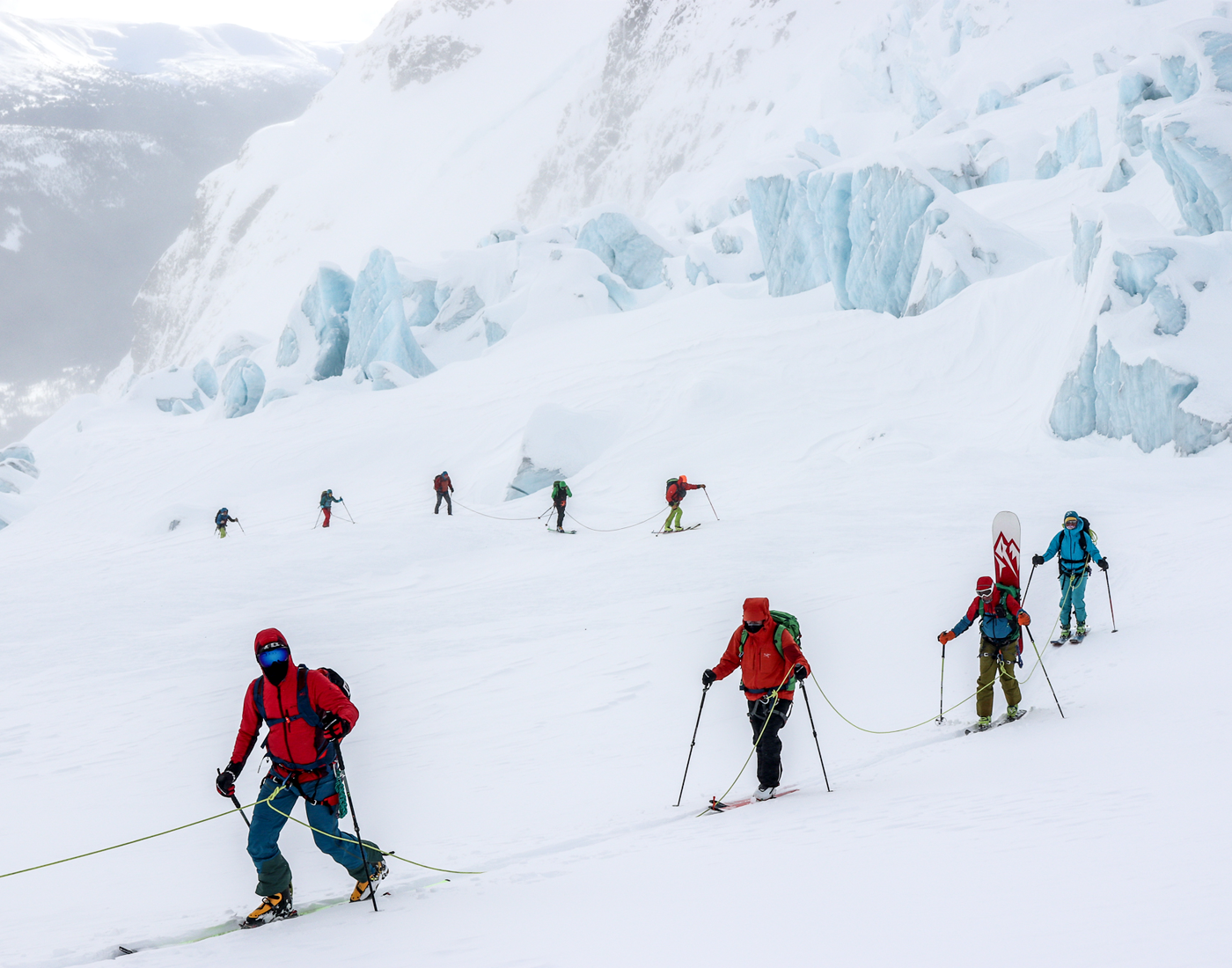
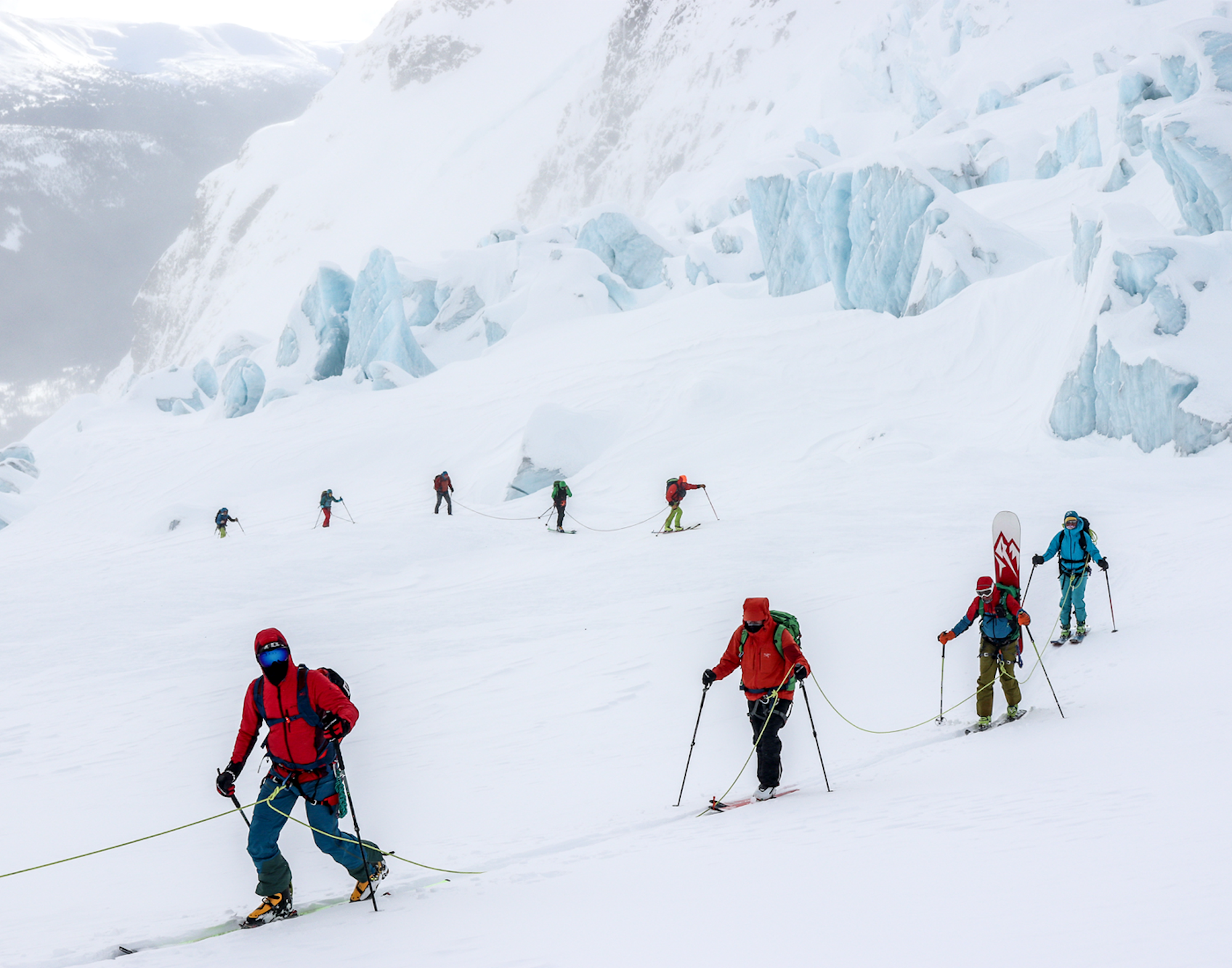
Have you seen a boom in backcountry users over the years?
Well, if this says anything, I just made a booking at the Valhalla Mountain Lodge for 2024. There’s only a couple-dozen of really prime ski lodges… and tens of thousands of skiers are interested in them. There are also a lot of other great places to ski easily accessible from the road Kootenay Pass, Rogers Pass… and plenty of sidecountry destinations. But, literally, within a day or two, these spots are getting skied out.
Next week, you’re hosting a webinar organized by 57Hours all about backcountry skiing in British Columbia. Can you tell me a bit more about what to expect from this presentation?
The program will focus on, what I call, a classic powder ski outing. I’ll be highlighting one or two of the hut trips that I’ve been doing over the years, touching on trips to Selkirk Lodge or Burnie Glacier Chalet, really showcasing a “day in the life” of a ski touring program. It’s explaining the fully guided, catered experience and why you should make it a priority to join one at some point in your life.
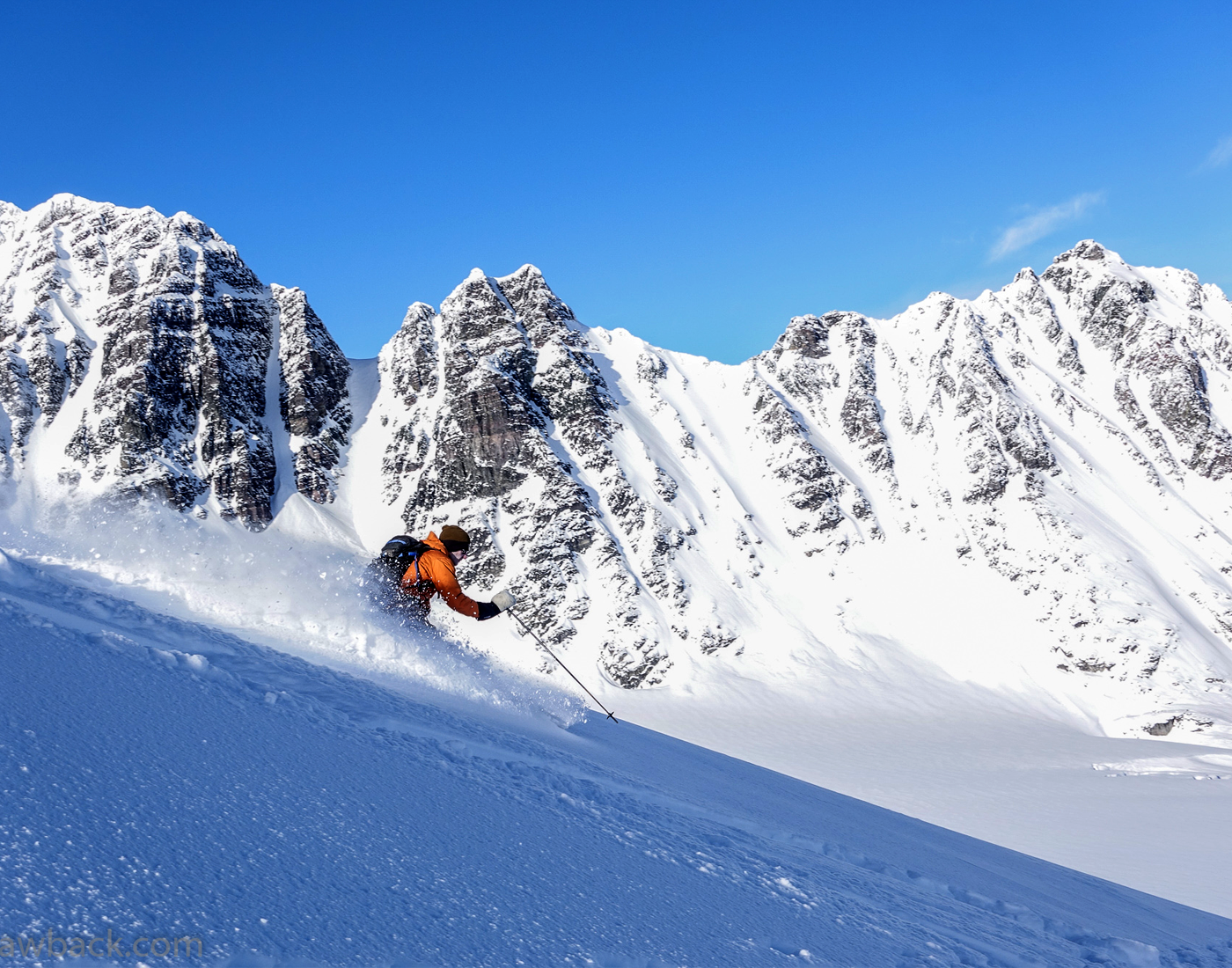
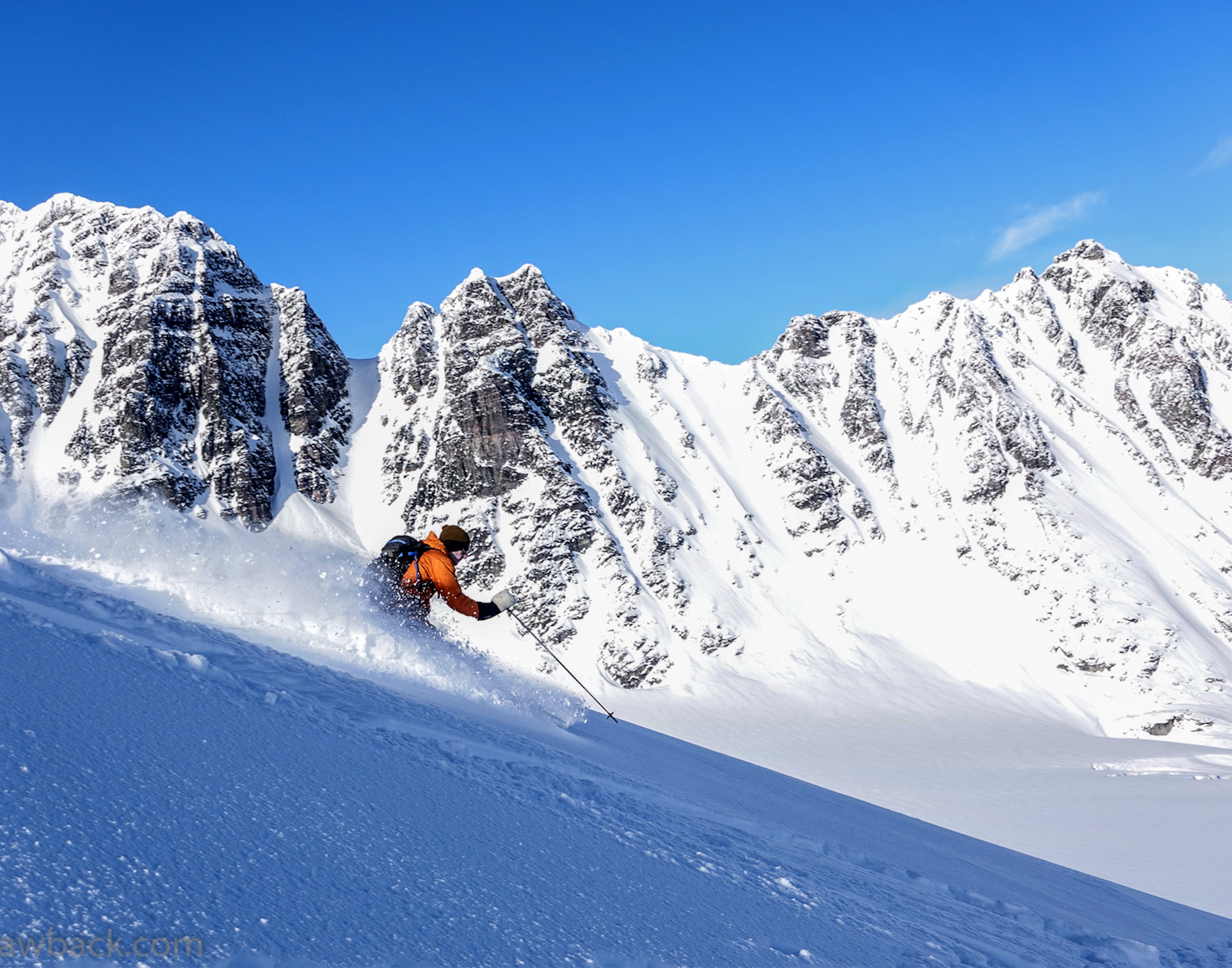
What’s something you’ve learned from your clients over the years?
Boy, I’ve learned a lot from many, many clients—each of them offers something totally different. But, in general, I’ve learned that people are capable of a lot more than what they (or I) ever expect. It’s amazing how tenacious people can be, how driven they can be and what they can really pull out of themselves. One more thing is that it’s important to give people the benefit of the doubt: Like, when someone’s grumpy or snippy, you’ll assume they’re having a bad time, but you don’t know what’s going on in their head or what they’re struggling with.
What about the mountains… What has spending so much time outdoors taught you?
I think it’s mostly just… patience. You have to be patient, you have to wait for the right signs; be patient with your clients, with yourself. We’ve got a long life full of many great adventures and if you do it wrong, if you rush it, if you’re impatient… then you can shorten that life quite dramatically. I almost did that six years ago—I could have been easily killed in an avalanche.
Now, I’ve also realized that the adventure—being with people exploring new areas—has become more important than the actual turns. That sense of exploration is important, even if that just means going to a slightly different place or taking a little detour to visit an ice cave under a glacier; those are the types of moments that’ll stick with you for the rest of your life.
![[Q&A] We spoke to a mountain guide to find out why you need to put a backcountry hut trip on your bucket list](https://www.datocms-assets.com/163516/1751511071-bchuts1.png?auto=format&bg=FFFFFF&w=100)
![[Q&A] We spoke to a mountain guide to find out why you need to put a backcountry hut trip on your bucket list](https://www.datocms-assets.com/163516/1751511071-bchuts1.png?auto=format&bg=FFFFFF&w=1200)


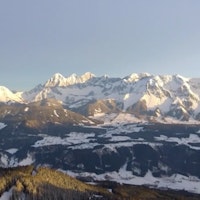
![[GIVEAWAY] Win a 4-Night Karma Campervan Rental and go Ski the Powder Highway](https://www.datocms-assets.com/163516/1767816935-copy-of-dji_0608-1.jpg?w=200&h=200&fit=crop)
![[GIVEAWAY] Win a Legendary Ski Trip with Icelantic's Road to the Rocks](https://www.datocms-assets.com/163516/1765233064-r2r26_freeskier_leaderboard1.jpg?auto=format&w=400&h=300&fit=crop&crop=faces,entropy)


![[GIVEAWAY] Win a 4-Night Karma Campervan Rental and go Ski the Powder Highway](https://www.datocms-assets.com/163516/1767816935-copy-of-dji_0608-1.jpg?auto=format&w=400&h=300&fit=crop&crop=faces,entropy)

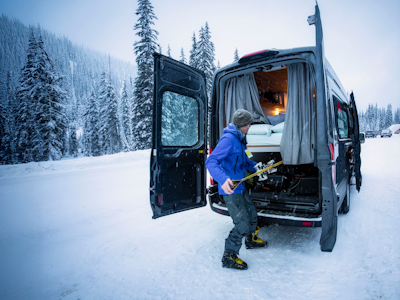
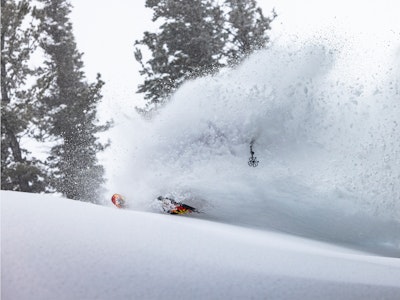
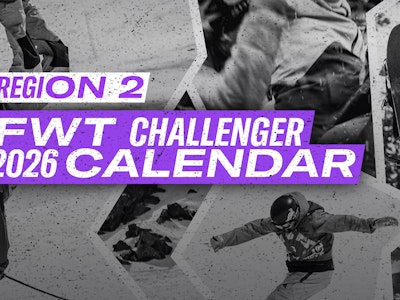
![[Q&A] We spoke to a mountain guide to find out why you need to put a backcountry hut trip on your bucket list](https://www.datocms-assets.com/163516/1751511071-bchuts1.png?auto=format&bg=FFFFFF&w=2000)